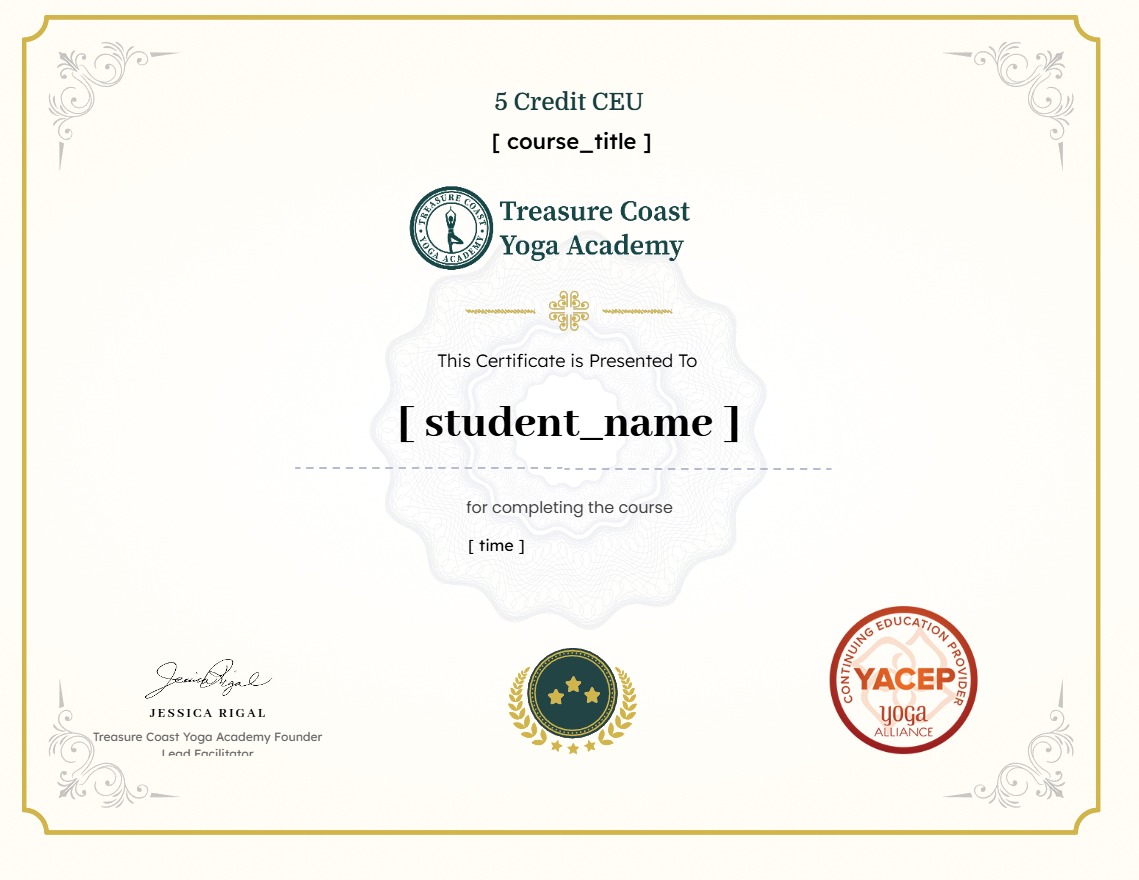
About Course

This course invites yoga teachers to move beyond the posture and re-embody the full path of Ashtanga Yoga as articulated by Patanjali. Rather than teaching the Eight Limbs as a linear list, this program explores them as an interconnected mandala of inner and outer practice. Teachers will reflect on how the limbs are lived in the yoga room — and beyond — as ethics, discipline, presence, and spiritual inquiry. Philosophical insight meets embodied awareness in this deep-dive designed for teachers ready to move from memorization to integration.
Course Content
Reframing the Eight Limbs: From Hierarchy to Integration
-
The Eight Limbs as a Holistic Mandala, Not a Ladder
-
Patanjali Framed the Limbs in Context – Clarity from the Sutras
-
Beyond the Mat – Deconstructing the Modern Bias Toward Asana
-
A Deeper Look at Niyama and Pratyahara as the Soul of Practice
-
Embodied Integration vs. Intellectual Understanding – What Teachers Must Model
Yama and Niyama on the Mat – Ethics in Motion
Asana as Self-Study and Energetic Practice
Pranayama and Pratyahara — The Inner Turn
Meditation, Dharana, Dhyana in the Teaching Space
Earn a certificate
Add this certificate to your resume to demonstrate your skills.

Student Ratings & Reviews

No Review Yet